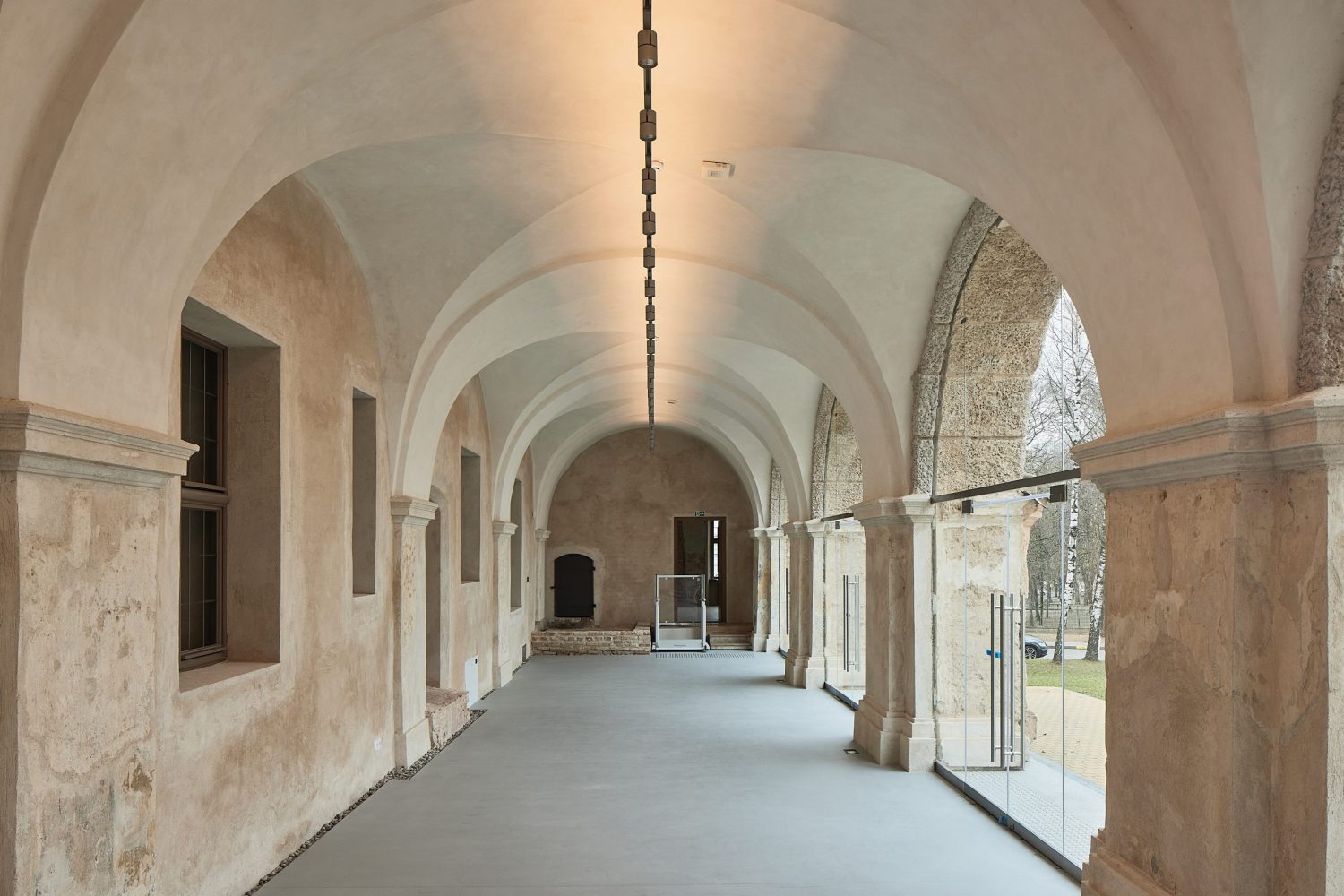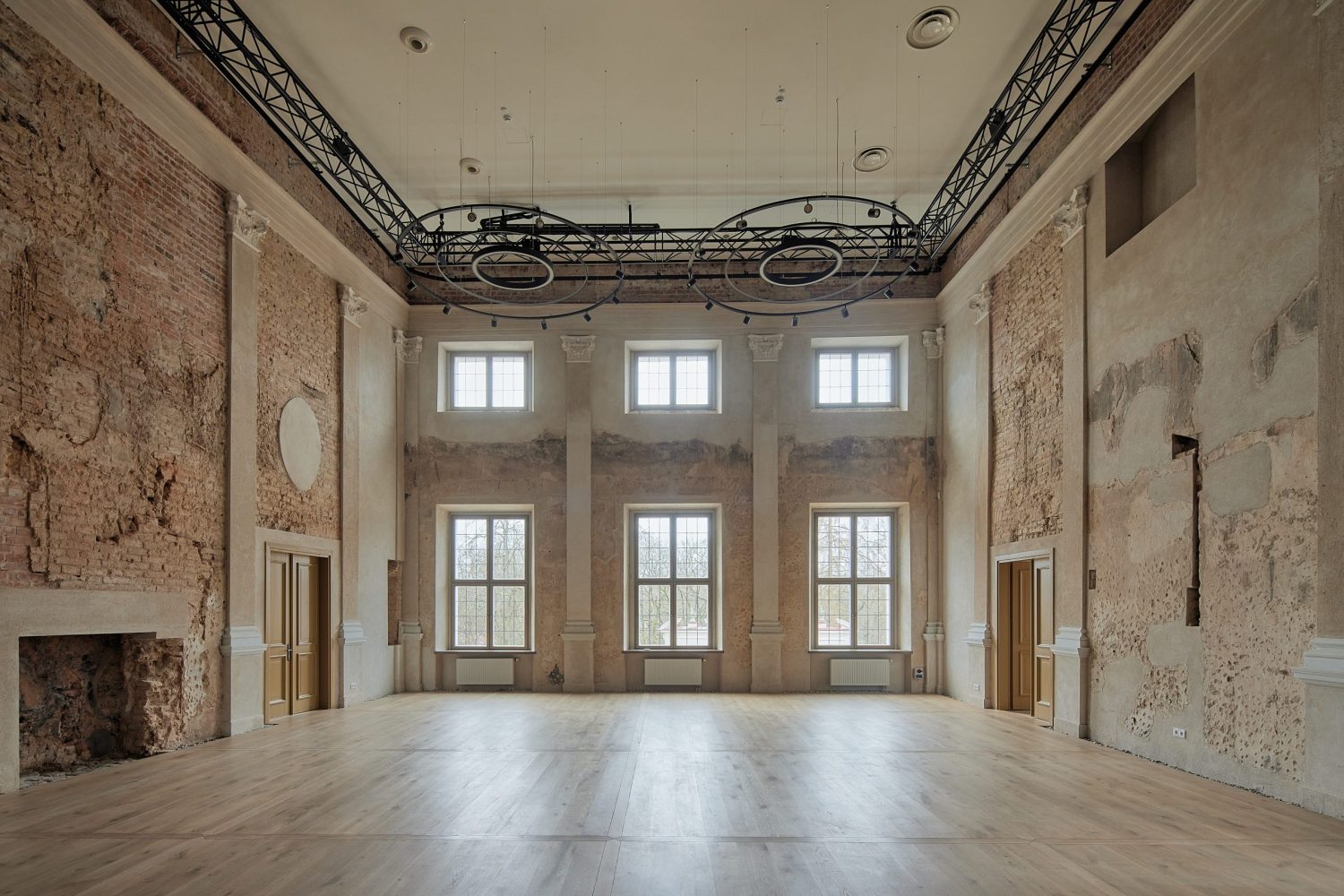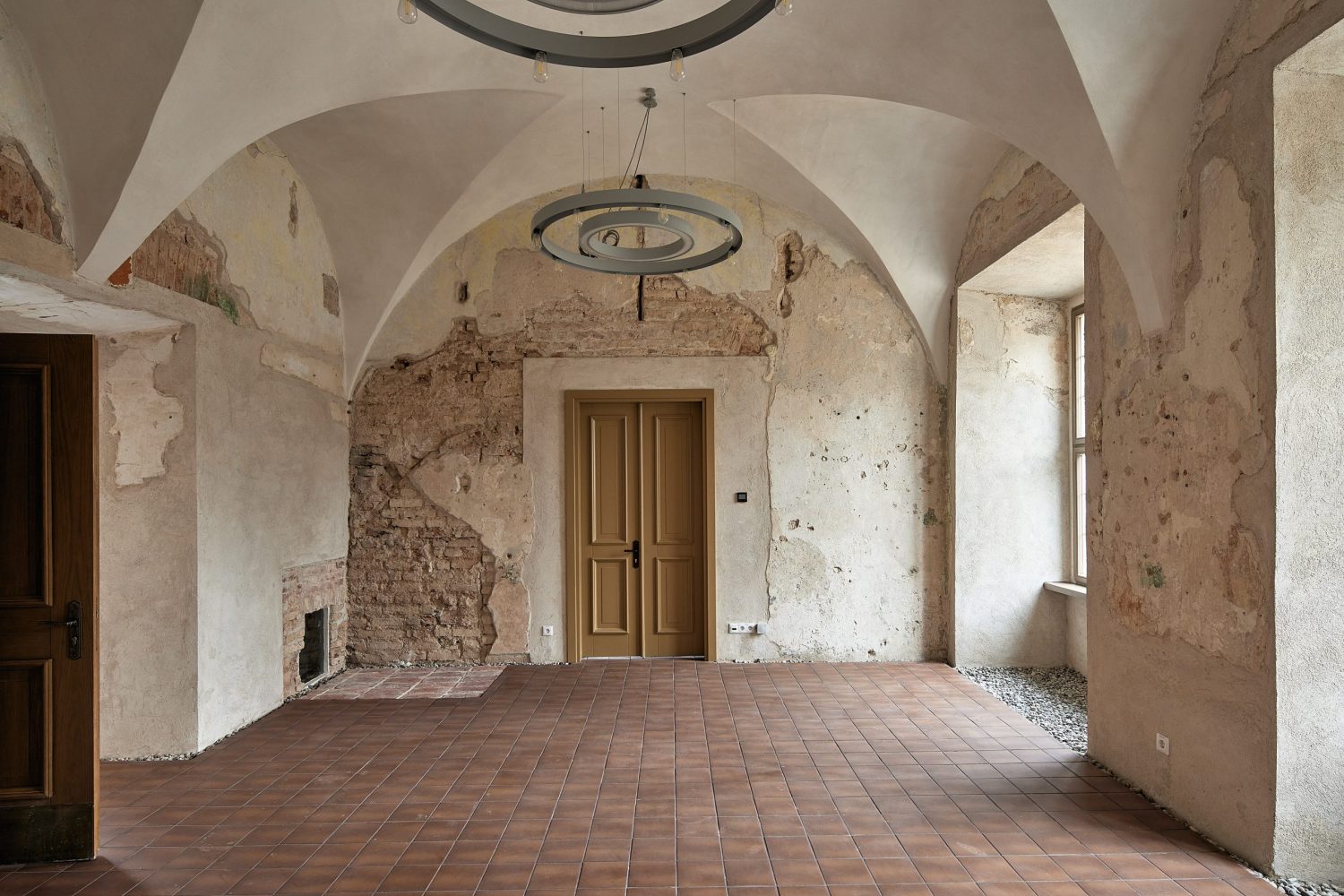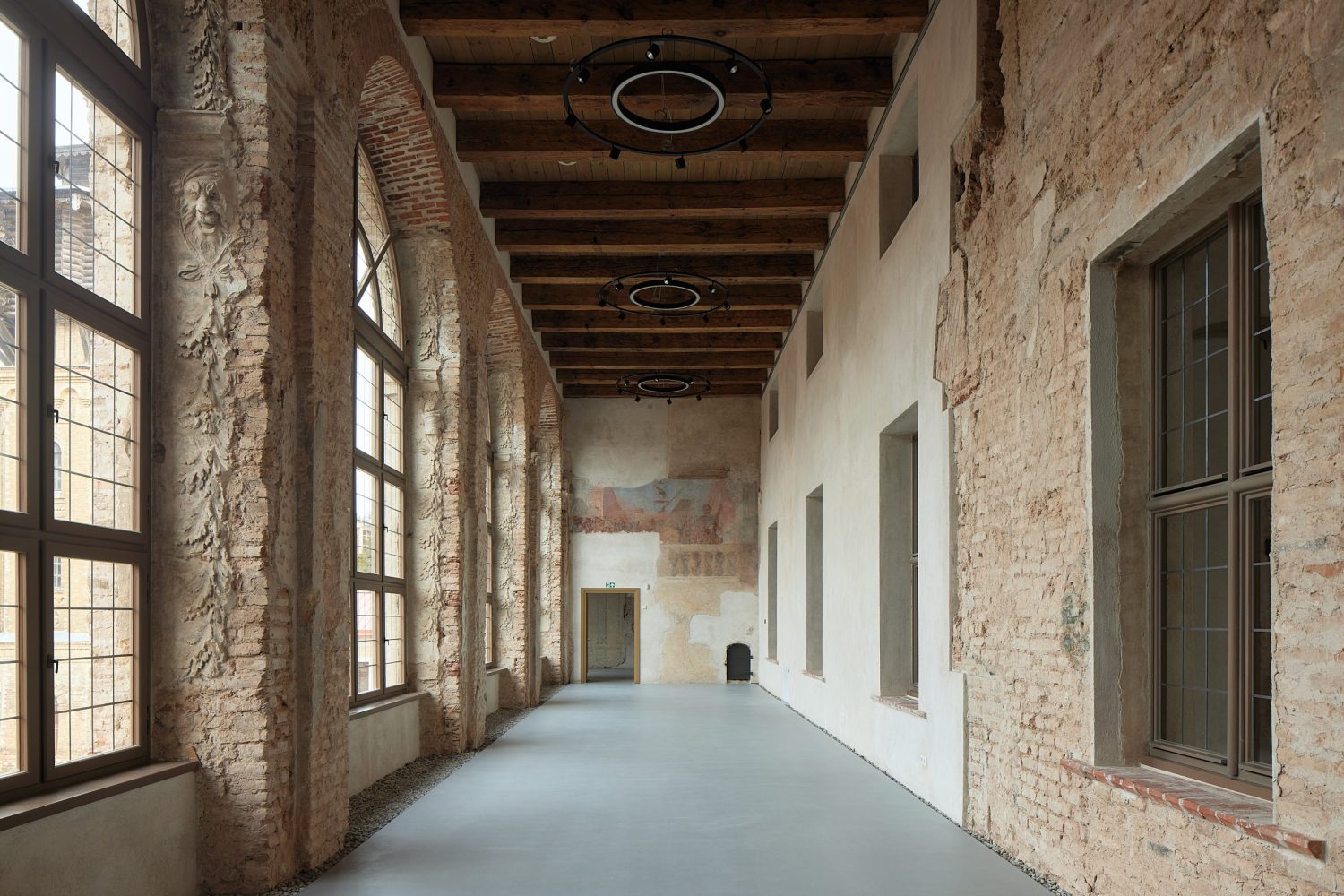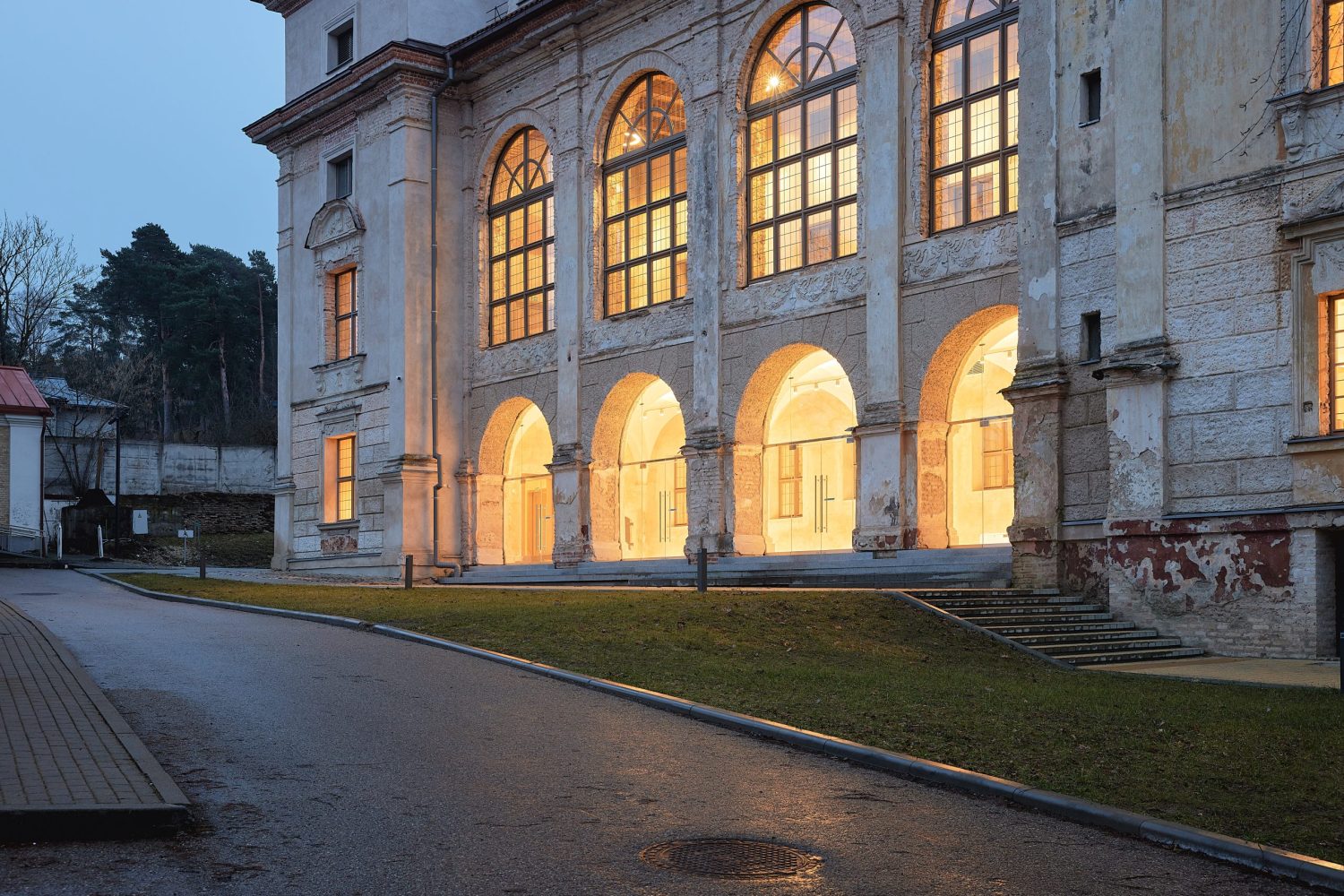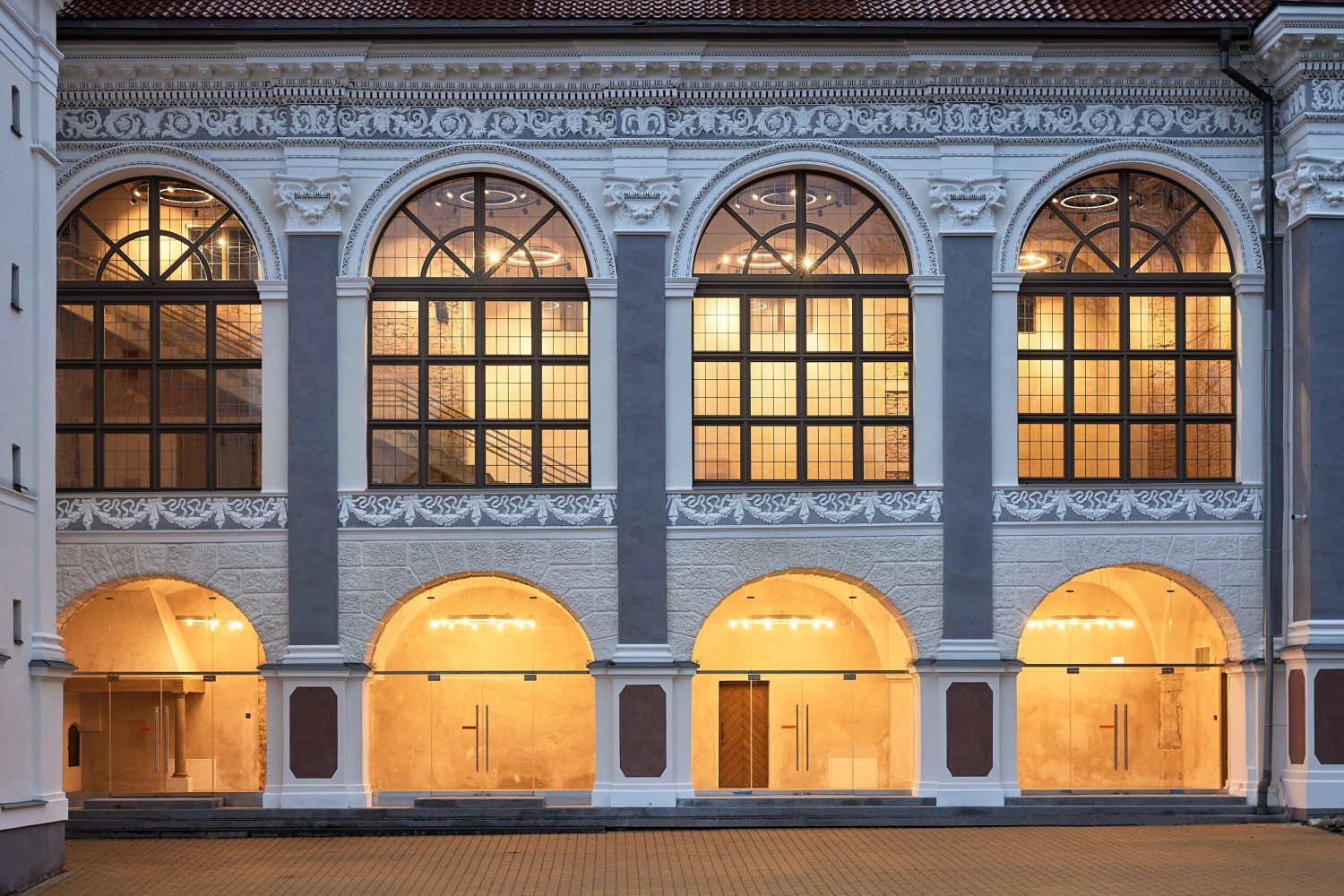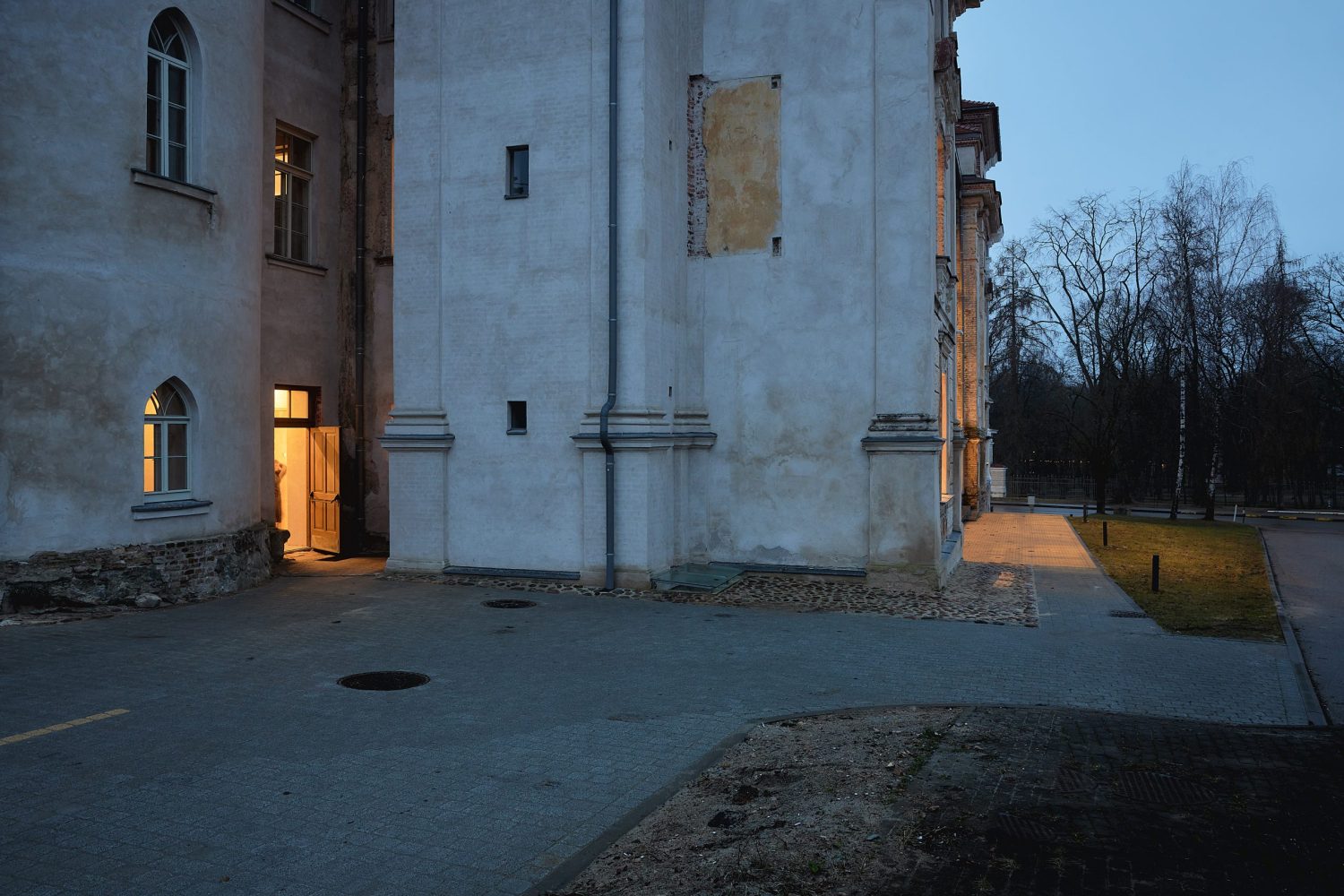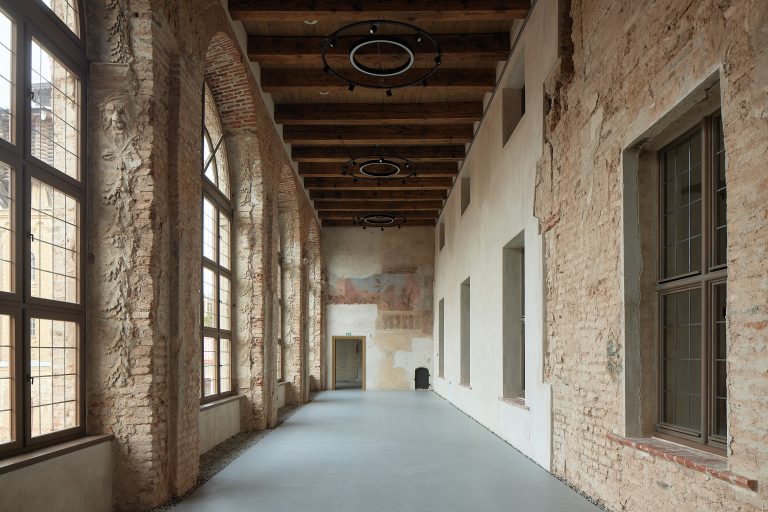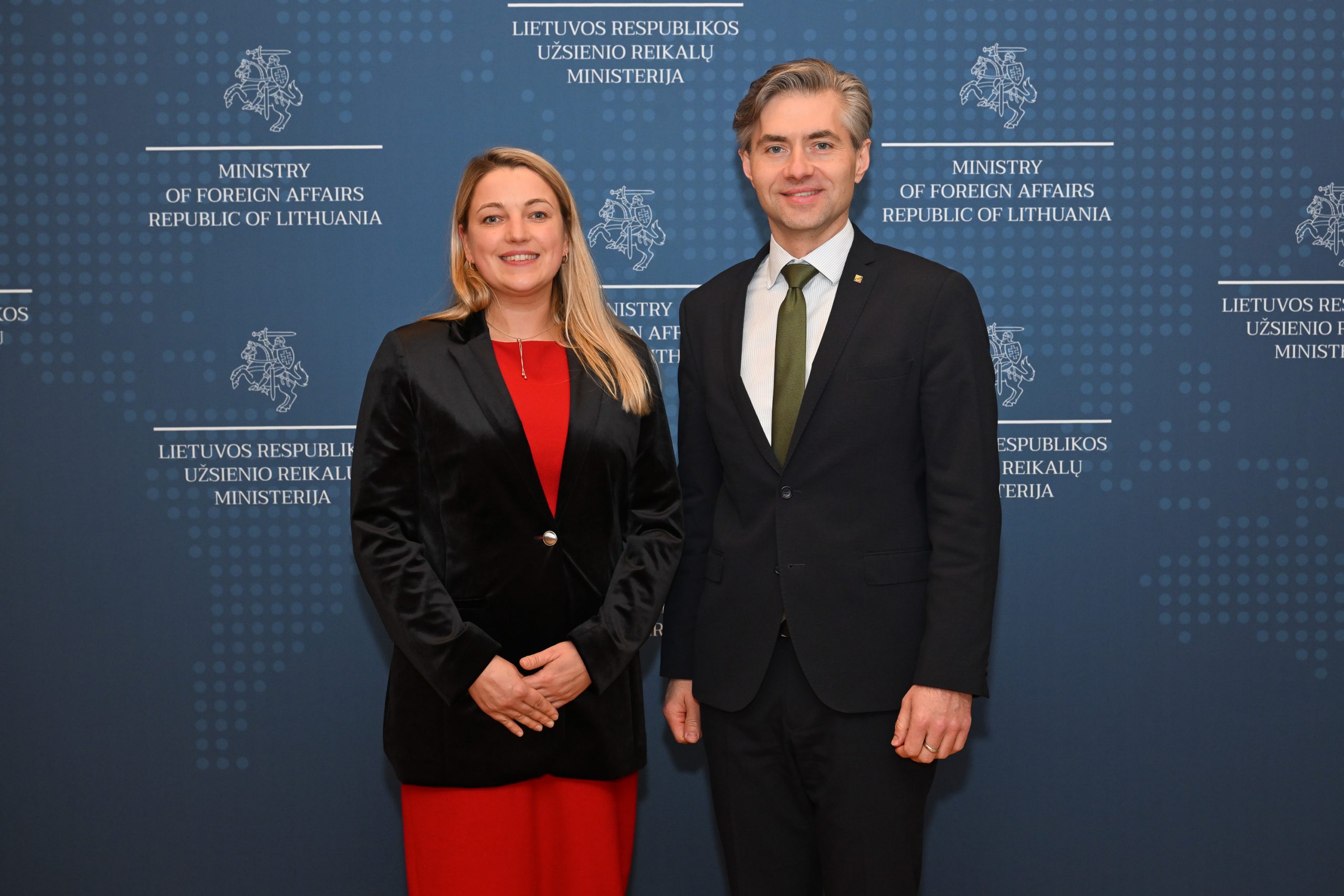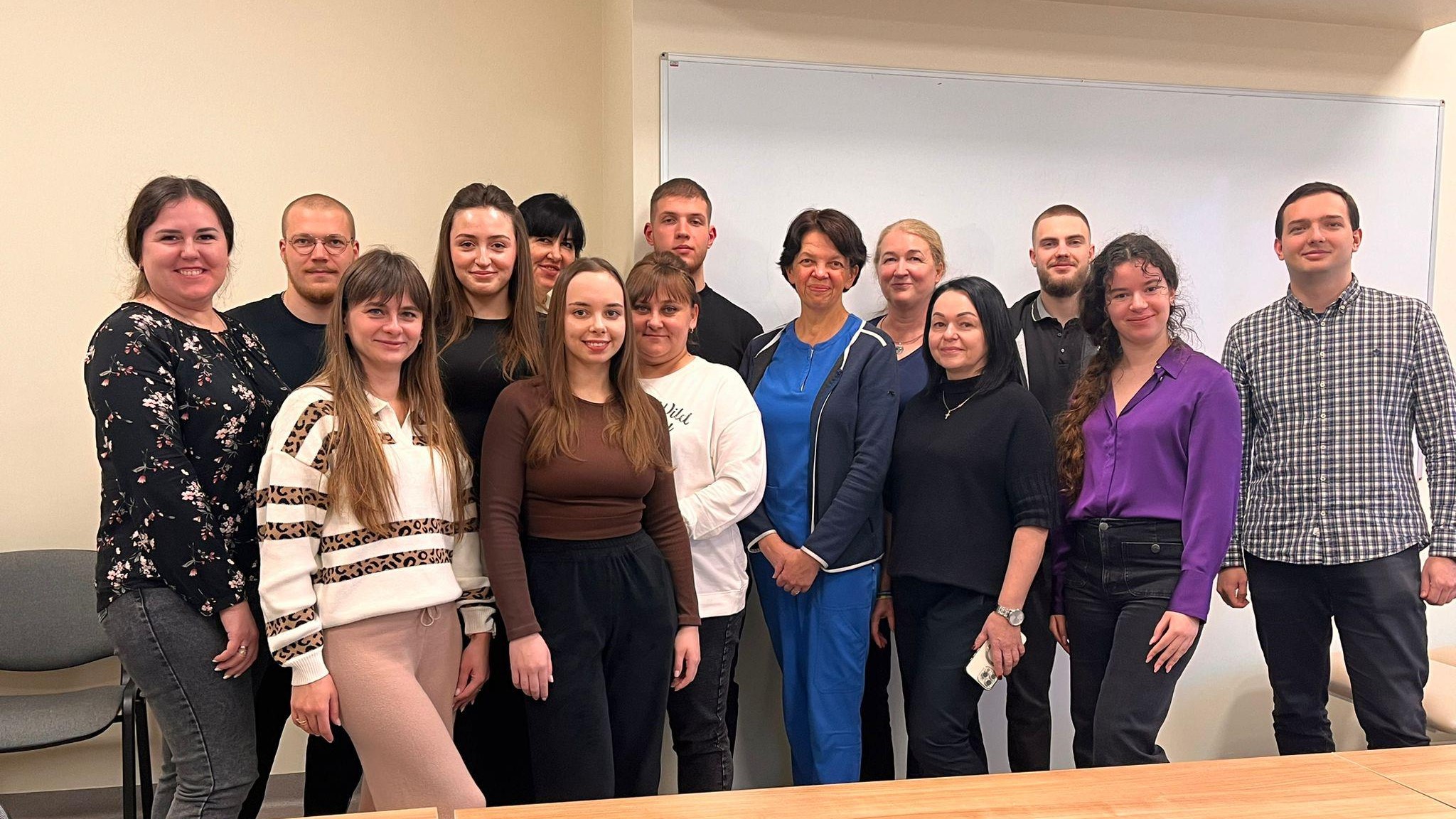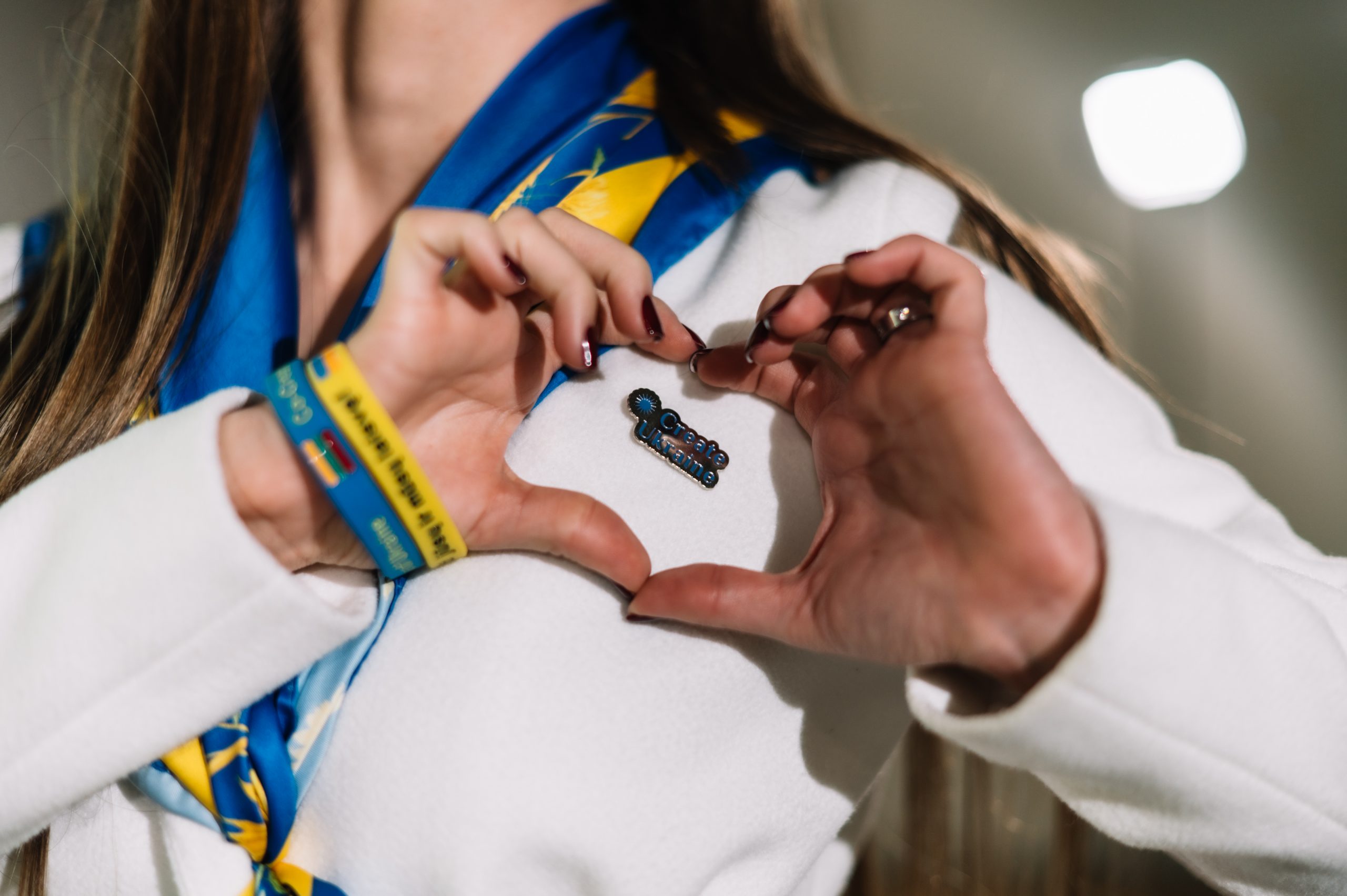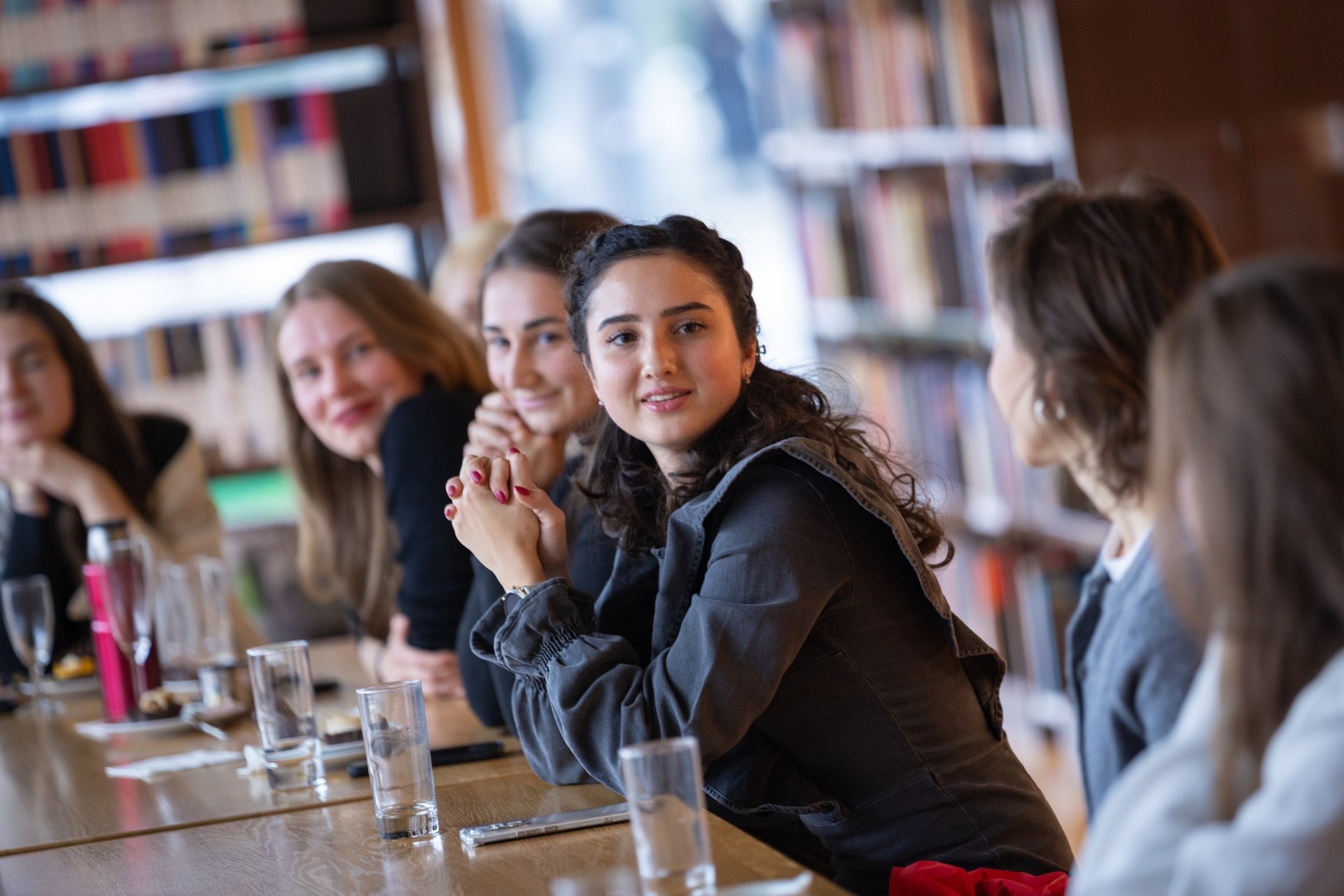After extensive research and restoration work, the Sapieha Palace in Vilnius has been revived as a cultural space open to the public, where its rich historical and architectural heritage is complemented and actualized by contemporary art.
One could say that the palace of the nobility of the Grand Duchy of Lithuania, now a branch of the Contemporary Art Centre (CAC), continues its mission in a new way, as suggested by the Latin inscription above the entrance: “Risen from the ruins, these grand palaces will protect the weary in peaceful times.”
Following the completion of the more than five-year Sapieha Palace revitalization project, this national monument of art and history—baroque Sapieha Palace—was opened to the public on April 12 this year. The project, with a total value exceeding 11.8 million euros (over 6.9 million euros of which came from the European Union investment funds), was administered by the Central Project Management Agency (CPVA). During the project, construction and heritage conservation work was carried out in the palace, and furniture and equipment necessary for cultural activities were acquired.
“We expected the result of this project to be very good, but I must admit it exceeded our expectations—an enchanting site that invites exploration, admiration of its atypical architectural solutions. It is likely that one visit will not be enough; one wants to linger in that environment and imagine the grandeur of the palace during the Sapieha era. This project is a perfect example of how the efforts of cultural heritage preservation specialists can adapt a site to contemporary needs while preserving historical decor and ornamentation,” said Eugenija Babič, head of the CPMA Cultural Projects Division.
Erected at the end of the 17th century as a luxurious suburban residence near the ensemble of the Trinitarian monastery, church, and park, the Sapieha Palace has changed owners and functions many times over more than three centuries. In the 18th century, it housed barracks, later a military hospital, and during the Soviet era, the building became part of a military complex.
For the past three decades, the building stood empty. According to architect Evaldas Purlys, who studied the palace and authored the restoration concept, the building was not only dilapidated when it came into the hands of specialists but also unrecognizably altered in appearance, volumes, and layout. The restoration concept aimed to recreate the decoration and spatial volumes of the Sapieha era. Interior frescoes, surviving wall polychrome paintings, and ornate stucco fragments are still awaiting their restoration, which will require further investment and research in the future.
Today, the palace spaces are adapted for diverse activities: tours, art exhibitions, concerts, and other events. There are also plans to establish a café and a reading room in the palace.
Photo credit: Norbert Tukaj
